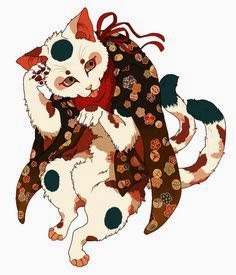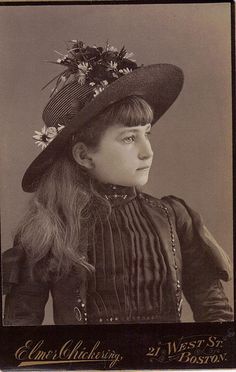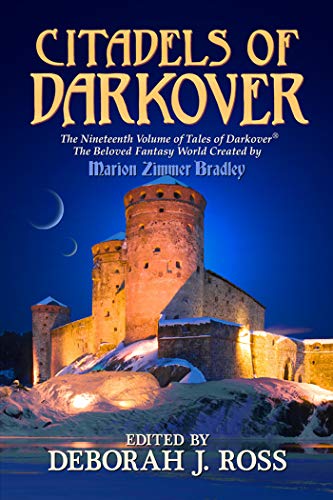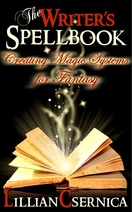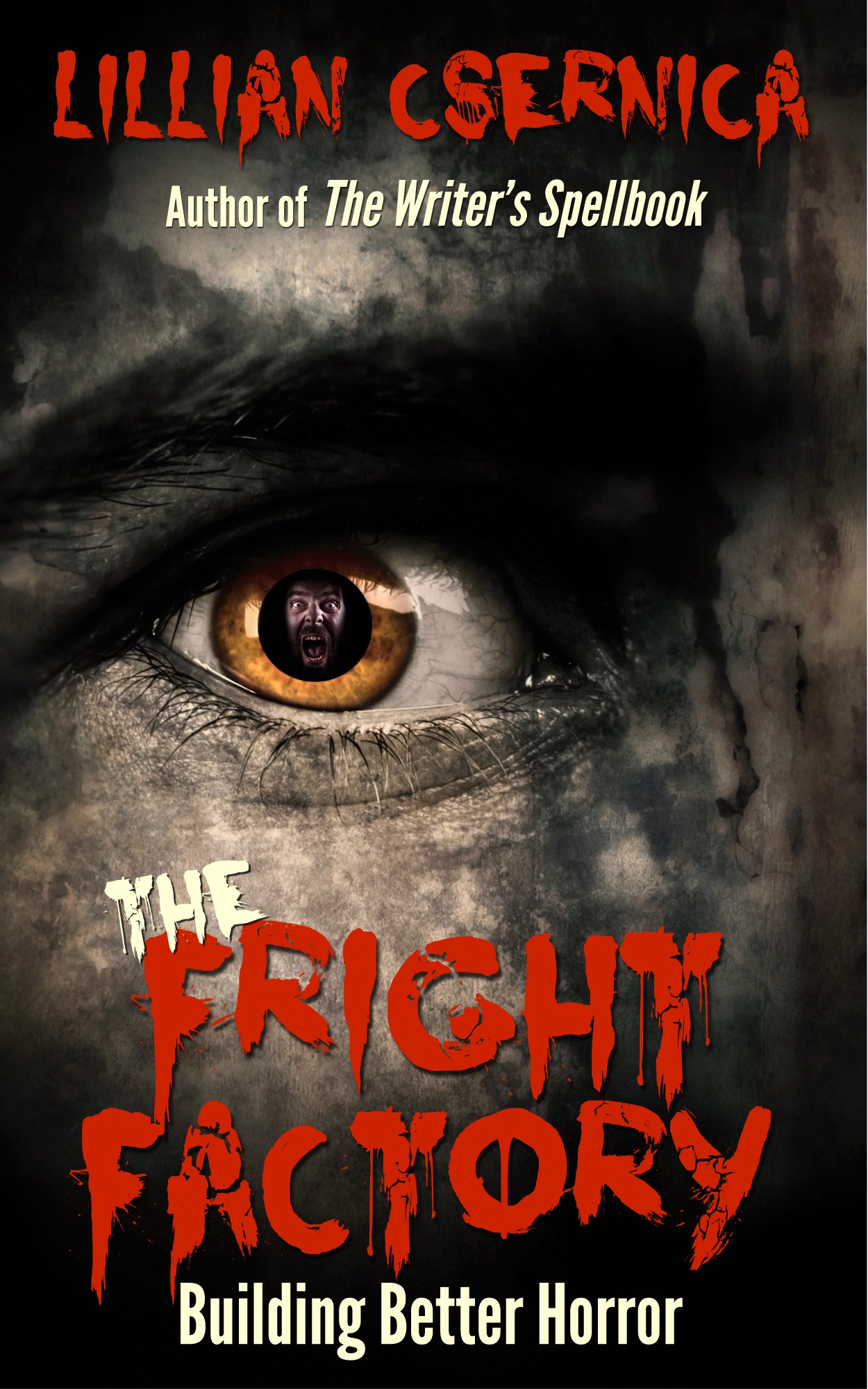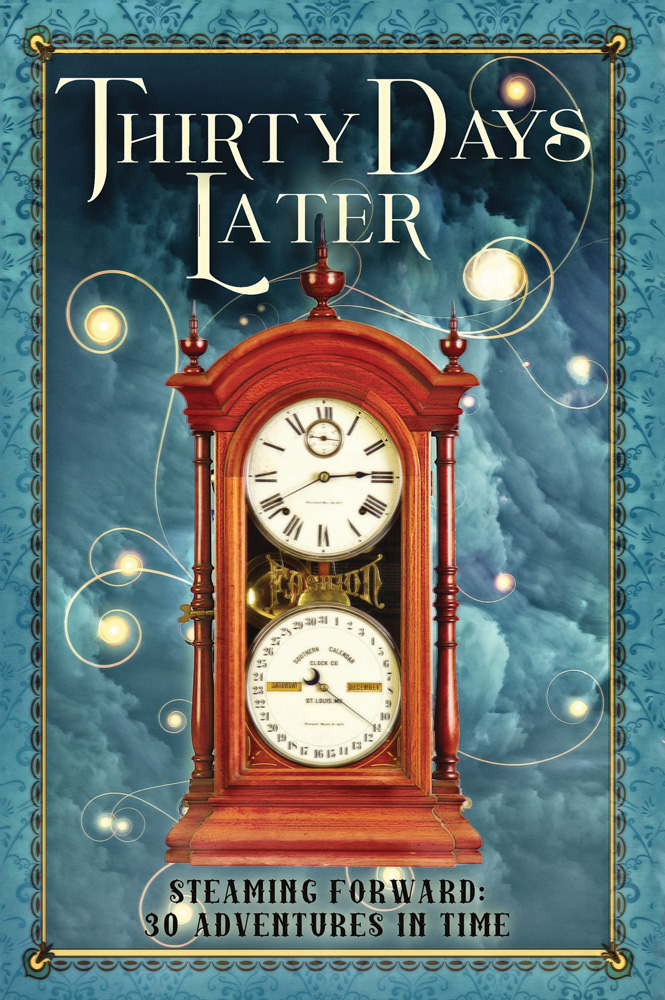by Lillian Csernica on April 1, 2019

Welcome to my sixth year of participation in the A to Z Blog Challenge!
How I Learned To Be A Writer
This year I’m going to share with you 26 separate moments from my writing life, moments that taught me something worth remembering. Moments that helped shape my writing style. Moments that taught me how to endure the bad days and celebrate the triumphs.
A is for Angle
“Angle” is a term used by journalists when referring to the focus of the article they’re writing. It means which aspect of the subject matter they intend to emphasize as a means of making the article more relevant and interesting to the readers.
The concept of angle is quite useful to fiction writers. As the indie publishing market has exploded and competition for readership continues to increase, it’s becoming more and more essential to find a fresh approach, some new aspect of the stories we want to tell.
In my Kyoto Steampunk series, I chose to leave Victorian England behind and take my protagonist Dr. William Harrington to Kyoto, Japan. Once the Shogunate fell and the Meiji Emperor opened Japan to the West, Japan experienced its own Industrial Revolution, making it an excellent setting for steampunk stories.
Dr. Harrington’s adventures are a mixture of historical science fiction and Japanese fantasy. When I go to conventions to promote the anthologies where my Kyoto Steampunk stories appear, people are often surprised to hear I’ve chosen Japan for my setting. This fresh angle has resulted in a total of seven short stories so far, along with the novel that is my current work in progress.
Find that fresh angle! It will help you on your road to success.










